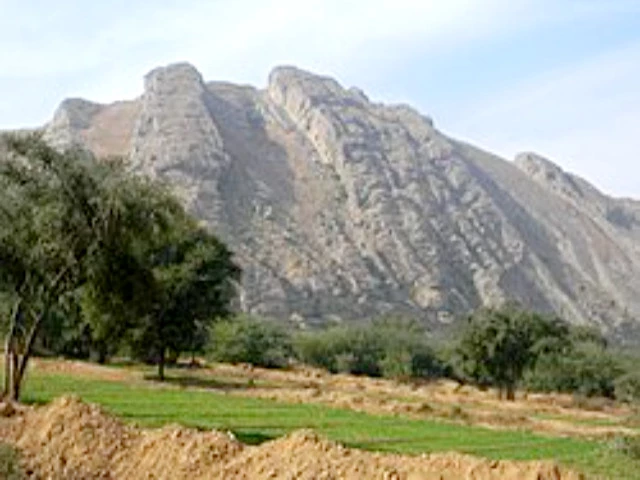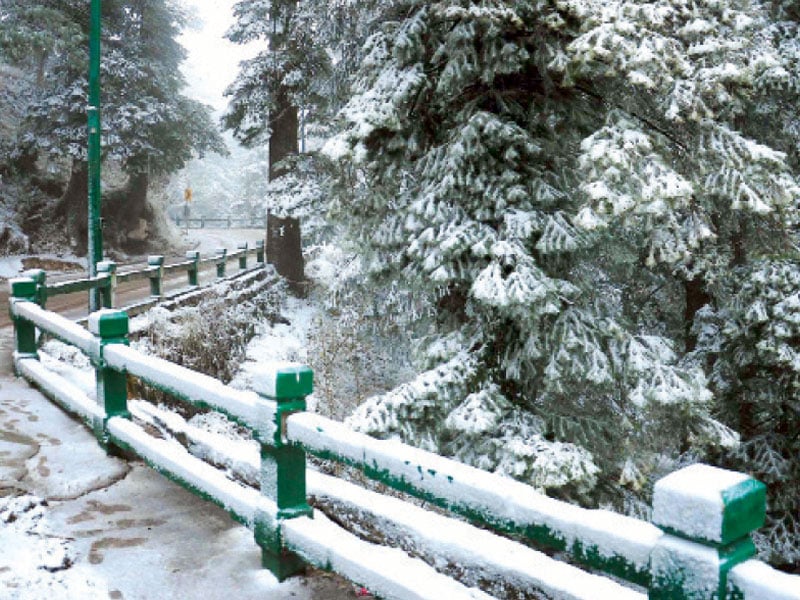Salt Range faces risk to biodiversity
Experts cite unregulated mining, poaching, climate change as key issues

The Salt Range in Punjab, known for its rare biodiversity and scenic landscapes, is facing severe ecological degradation.
Experts warn that the region's unique flora and fauna are rapidly disappearing due to unregulated mining, poaching, habitat destruction, climate change, and pollution.
Ecologists report that unregulated cement factories and mining activities are altering the natural terrain and contaminating water sources, leading to a sharp decline in biodiversity.
Climate-induced shifts in rainfall patterns and rising temperatures have further impacted soil fertility and water availability.
The Salt Range Wetlands Complexhome to lakes such as Kallar Kahar, Khabbeki, Uchhali, Jhalar, and Namal — provides refuge to rare species including the Punjab Urial, Chinkara, and Red Fox, as well as globally threatened birds such as the White-headed Duck, Imperial Eagle, and Sociable Plover.
Badar Munir, a conservationist and documentary filmmaker, emphasised the urgent need for intervention, citing unregulated mining and climate change as key threats to the region's ecological balance.
Fahad Malik, coordinator of the Pakistan Biodiversity Alliance, stated that unchecked hunting, illegal poaching, deforestation, and the overharvesting of medicinal plants have critically damaged the ecosystem.
He noted that apex predators like the common leopard and grey wolf have vanished from the Salt Range.
Experts recommend immediate restrictions on unregulated mining and call for post-mining environmental impact assessments.
They also urge the inclusion of local communities in conservation efforts and propose alternative livelihoods to reduce dependence on natural resource extraction.
Conservationists further stress the need for public awareness campaigns, research initiatives, and strengthened collaboration with national and international organisations to enhance biodiversity protection.
According to WWF Pakistan, the inclusion of local communities and the promotion of sustainable development are essential for long-term conservation.
In recent years, the Punjab government has launched several initiatives to protect biodiversity, focusing on legislation, policy reforms, expansion of protected areas, environmental restoration, and public outreach.
Recent amendments to the Punjab Wildlife (Protection, Preservation, Conservation and Management) Act, 1974 have increased penalties for the illegal hunting of endangered species.
Additionally, the provincial government has introduced a comprehensive Biodiversity Strategy and Action Plan aligned with international standards.
Wildlife officials report the establishment of new protected areas, including a national park in Cholistan and wildlife reserves in the Salt Range.
Practical steps have also been taken to preserve Ramsar-designated wetlands such as Khabbeki and Uchhali lakes.
Key initiatives include the Protected Areas Initiative and forest restoration projects under the Green Pakistan Programme, which promote the plantation of native tree species.
Conservation efforts for rare animals like the Punjab Urial, Chinkara, Blackbuck, and Nilgai are also underway.
The government has partnered with global organizations such as IUCN, WWF, GEF, and UNDP for technical assistance and policy development, and has committed to the goals of the UN Convention on Biological Diversity.
Despite these efforts, conservationists warn that ongoing
challengesincluding illegal hunting, habitat loss, urban and agricultural encroachment, water pollution, and deforestationcontinue to threaten the region's fragile biodiversity.
Experts stress that without immediate and sustained action, the ecological damage may become irreversible.

























COMMENTS
Comments are moderated and generally will be posted if they are on-topic and not abusive.
For more information, please see our Comments FAQ